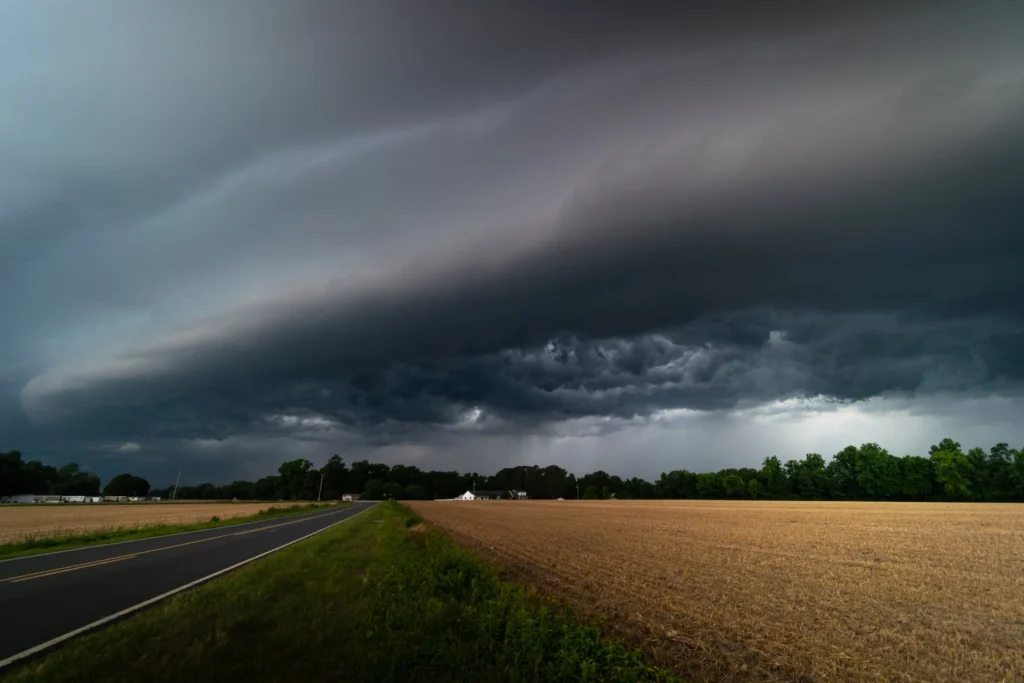Introduction
Blizzards, hurricanes, and tornadoes are some of the many types of extreme weather that we experience on this planet. In today’s blog we will be discussing all three of these forms of weather, how they form, when and where these forms of weather are most common, and some preparation tips centered around this type of weather.
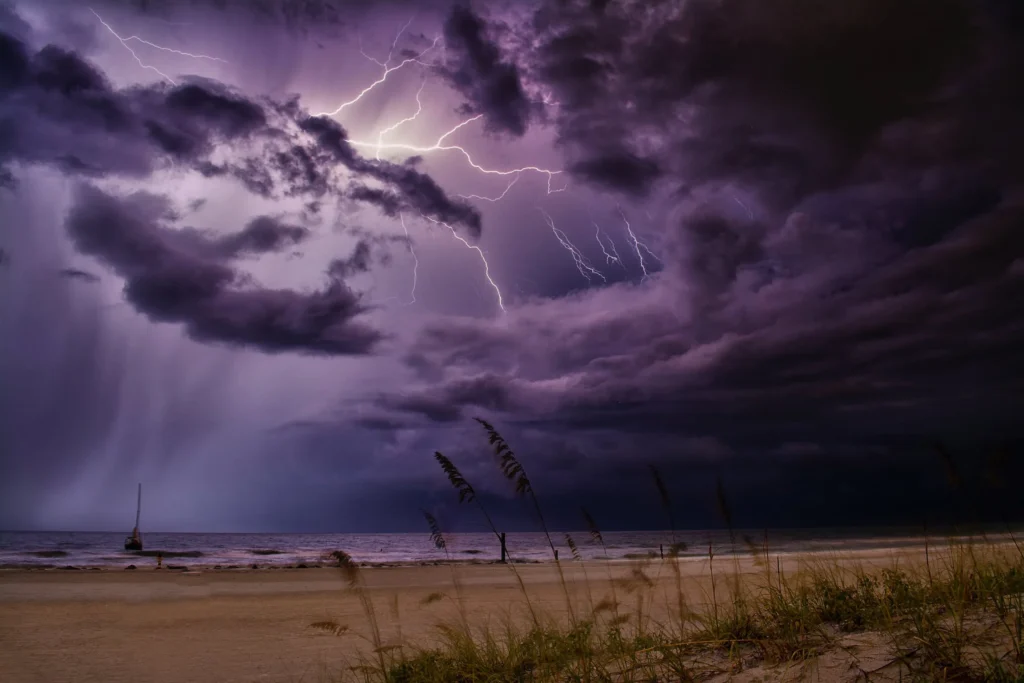
Blizzards
Blizzards are extremely severe and dangerous winter storms which form through the collision of freezing cold air masses with warmer air which is often instigated by the southward movement of Arctic air. These storms are notorious for their heavy snowfall, which alone can be incredibly dangerous. The intense snowfall relies heavily on an ample moisture supply, typically drawn from expansive water bodies such as lakes or oceans. This collision of contrasting air masses and the presence of significant moisture create the perfect conditions for blizzards to develop, unleashing their formidable force upon affected regions. Another key component that almost always occurs during a blizzard are intense winds. One of the major issues with this wind is that combined with snow it can significantly reduce visibility and blow snow into drifts causing just a few inches of snow to become several feet deep in places. Additionally, this reduction of visibility can make travel incredibly difficult and dangerous.
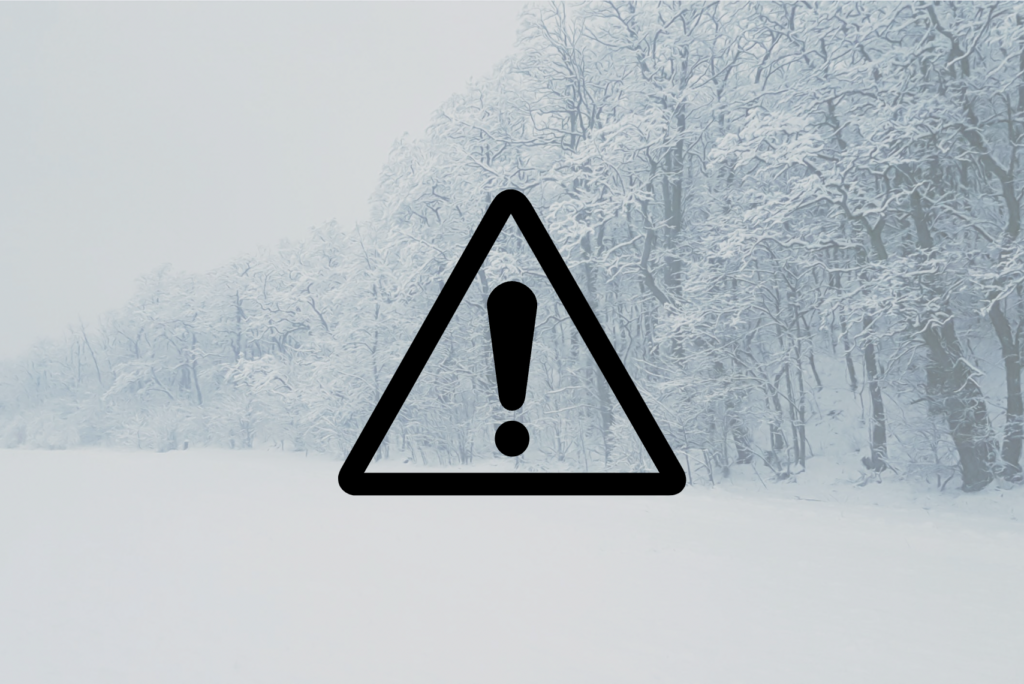
Although most parts of the United States experience winter weather at some point in the year, very extreme winter storms, such as blizzards, almost always only occur in the Northern part of the country. In the United States, these storms are most common from November through March, but the timing of these storms depends on the current climate, so an early or late winter could cause one of these storms to occur outside of this time frame.

Hurricanes
Hurricanes are extremely dangerous storms, which form over warm ocean waters through the evaporation of water. Moisture and humidity play vital roles in their formation, as they rise in the atmosphere and condense into clouds and thunderstorms, adding to the strength of these storms. As hurricanes intensify, their wind speeds increase due to the combination of factors such as the storm’s low-pressure center and the Earth’s rotation.
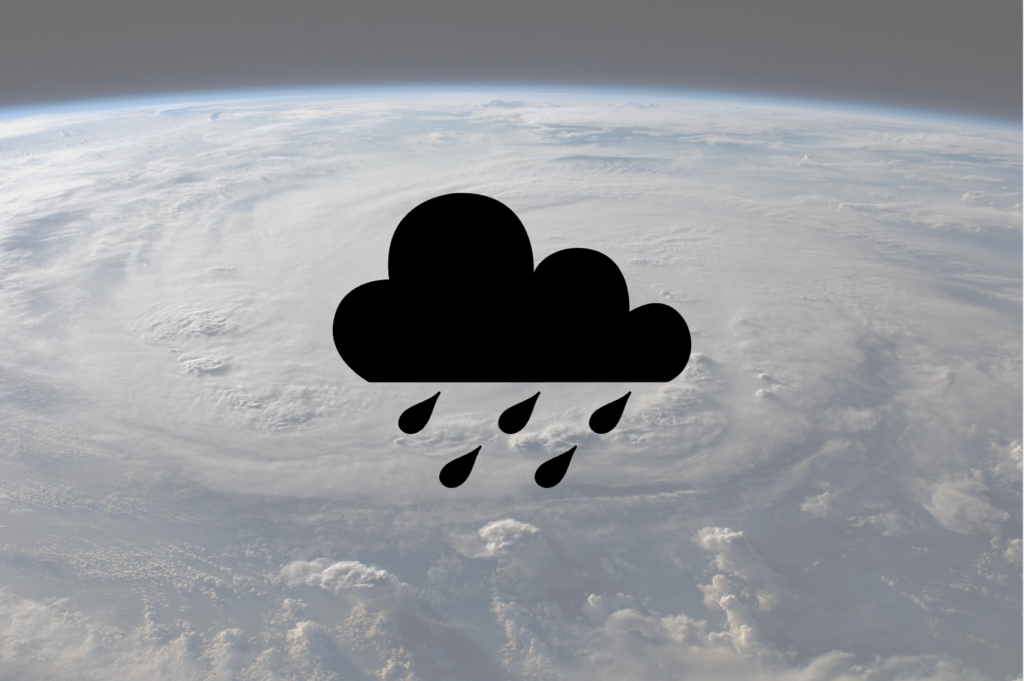
Hurricanes, unlike blizzards generally (but not always) impact the Southern and South-eastern parts of the United States. Hurricane season occurs in the Atlantic basin from June 1st to November 30th. Hurricanes can become incredibly dangerous and even deadly storms, so it is very important to properly prepare, listen to local authorities for more information about the storm, and evacuate if necessary.
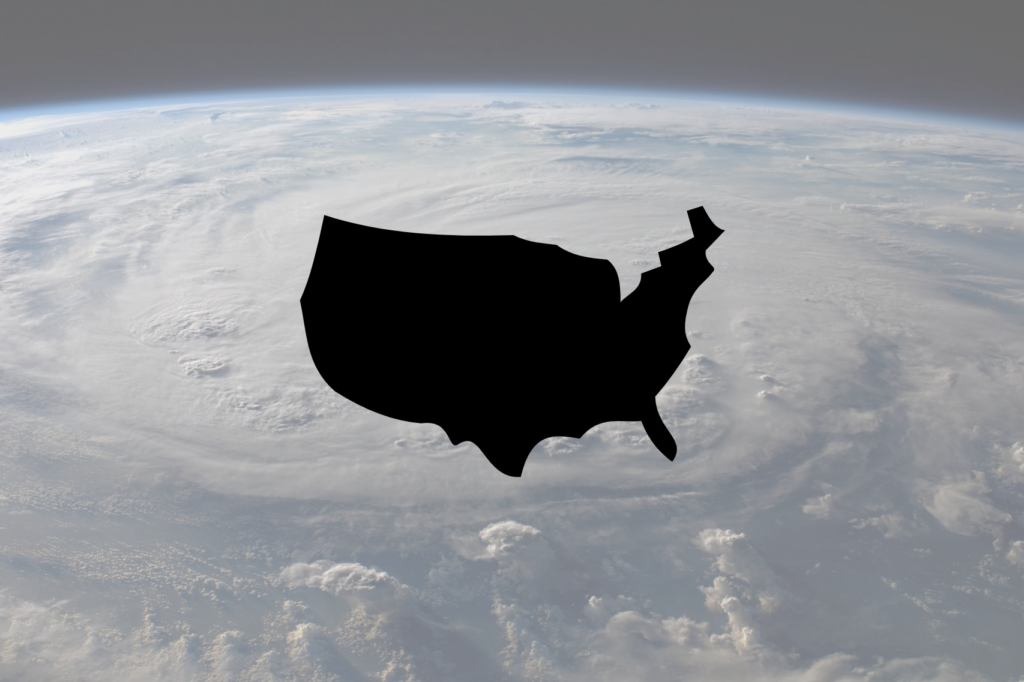
Tornadoes
Tornadoes are typically associated with severe thunderstorms, as these storms provide the atmospheric conditions necessary for tornado formation. Several critical factors conducive to tornadoes are produced within such thunderstorms, including an extremely unstable atmosphere, significant wind shear characterized by strong variations in wind speed with height, and other meteorological conditions common to thunderstorm activity. Tornadoes also tend to form more in ‘the heat of the moment’ providing less time to prepare for this potentially catastrophic event.

Tornadoes are most frequently observed in the Midwest, particularly within an area commonly known as tornado alley. Although tornadoes can develop anywhere and pose significant dangers, they occur more frequently and are often more perilous in tornado alley. Peak tornado activity in the United States typically occurs during the spring and early summer months. However, tornadoes can occur in any month, which shows the importance of remaining vigilant and taking necessary precautions during severe weather events.

As tornadoes usually occur unexpectedly, it is particularly important to be prepared in advance for these events. Use the acronym TORNADO as described below to have some important tips on hand if one was to occur:
T – Take shelter immediately.
O – Observe weather forecasts and warnings.
R – Reach out to loved ones to ensure they’re safe (AFTER taking proper precautions yourself).
N – Never try to outrun a tornado.
A – Avoid windows and seek shelter in a sturdy building.
D – Don’t panic; remain calm and reassure others.
O – Obey evacuation orders if necessary.

Preparation Tip
Preparing for blizzards and hurricanes requires careful consideration of various factors, as the actions needed can vary based on the specific storm and its severity. An essential step in storm preparedness is to consistently monitor its progression. Given that storms can rapidly evolve and intensify, leveraging advanced technology for tracking is critical in ensuring readiness and safety.

Conclusion
Blizzards, hurricanes, and tornadoes are all forms of extreme and very dangerous weather. Being prepared for these incidents is incredibly important and, in some cases, could make a life-or-death difference. As we approach springtime and soon after hurricane season, click the link below to read our in-depth blog on how to be properly prepared for hurricanes.
